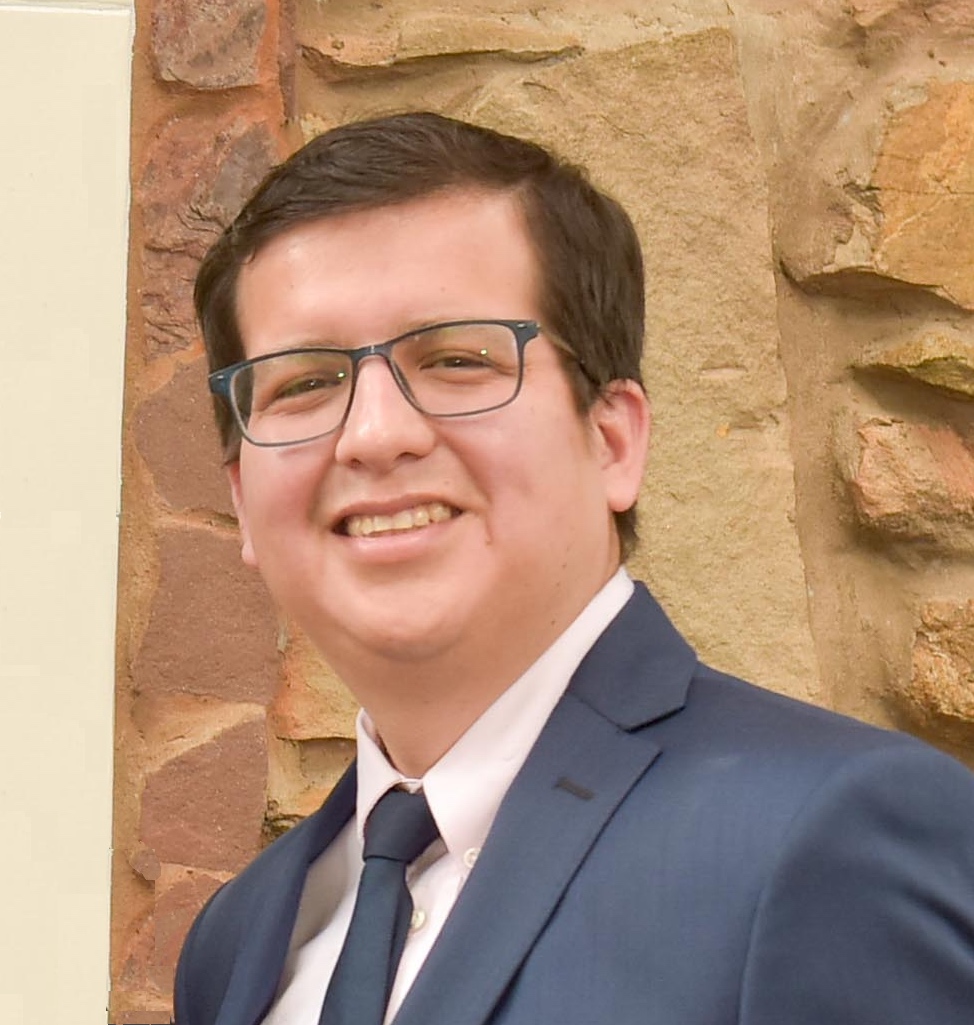
COVID 19 survival among lung transplant recipients: a single center study from hospital universitario fundación Favaloro/Buenos Aires
Juan Calderón1,2, Juana Rosalía Ahumada1,2, Teresa Ibañez1, Viviana Nazzo2, Nadya Bejarano2, Jorge Osvaldo Caneva2, Silvia Moscoloni1, Liliana Martínez1, Jorge Vicente3, Mariano Candiotti1, Juan Manuel Ossés1,2, Alejandro Bertolotti1.
1Trasplante Intratorácico, Hospital Universitario Fundación Favaloro, Caba, Argentina; 2Servicio de Neumonología, Hospital Universitario Fundación Favaloro, Caba, Argentina; 3Servicio de Kinesiología y Rehabilitación, Hospital Universitario Fundación Favaloro, Caba, Argentina
Introduction: Patients after lung transplantation (LTx) are at risk for life-threatening COVID 19 because of chronic immunosuppression. Although several publications in this patient population appeared, scarce data is available in South America.
Method: Observational, retrospective study from a high-volume lung transplant center in Buenos Aires, Argentina. All LTx recipients with COVID-19 diagnosed from 3 March 2020 to 30 March 2022 were included. We analysed demographics, clinical features, therapeutic management, immunosuppression, previous COVID 19 vaccination, and survival. Data are shown as median and range or as absolute and relative frequencies as appropriate. Categorical variables were compared using Chi square, and continuous variables were compared using Mann–Whitney U-test. The Kaplan–Meier test was used to compare survival. R medic was used for statistical analysis and p value <0.05 was statistically significant.
Results: 44 patients were diagnosed, mainly using RT PCR SARS CoV2 test (90%). Most were male (66%), 77% underwent bilateral LTx and 2% of heart-lung transplantation; with a diagnosis of Cystic Fibrosis in 46% of cases followed by ILD (20%) and COPD (11%). Mean age at time of diagnosis were 43.9 years old (CI 95% 39.1-48.9), with a mean time (months) after LTx of 58.11 (CI 95% 43.4 – 72.8), and BMI of 24.17 (CI 95% 22.5 – 22.8). Most of LTx recipients were not vaccinated (n=23, 52%) at the time of diagnosis, and 13.6% of infections were in 2020 and 45.4% in 2021. Half of patient (48%) developed pneumonia; 32% received steroids (other than traditional immunosuppression) and antibiotics, and 5% received plasma. 25 patients (57%) were admitted to hospital of which 48% (12/25) were admitted at ICU (66.7% in mechanical ventilation). 83% of not vaccinated were admitted to ICU compared versus 17% of vaccinated patients (p=0.04). In general, death related to COVID 19 were 16% (N=7), all in not vaccinated group (p=0.04) with a median of 16 days of survival (Fig. 1). No differences were found by age, BMI and time of infection.
Conclusion: In our center, LTx recipients develop the entire spectrum of COVID-19. There has been a lot of discussion whether immunosuppressive treatment needs to be continued, lowered or even temporarily stopped in case of a COVID-19 infection. Immunosuppression was not discontinued in most patients (tacrolimus, methiylprednisone, and mycophenolate), except in patients receiving mechanical ventilation (hydrocortisone). The main factor related to death was no vaccination. Interestingly, less than quarter of infectious occurred in 2020 likely related to strict lockdown in our country.

right-click to download
